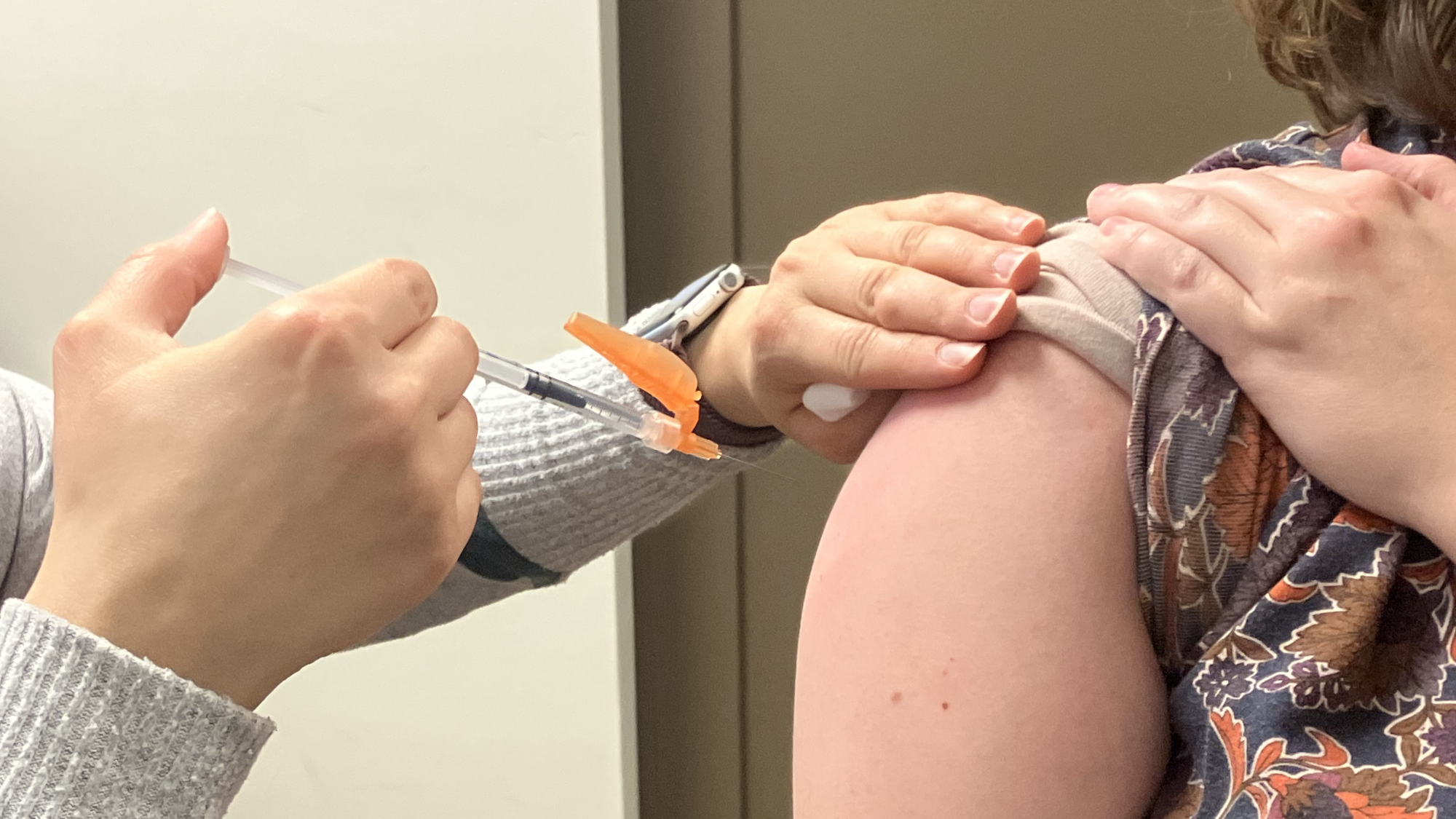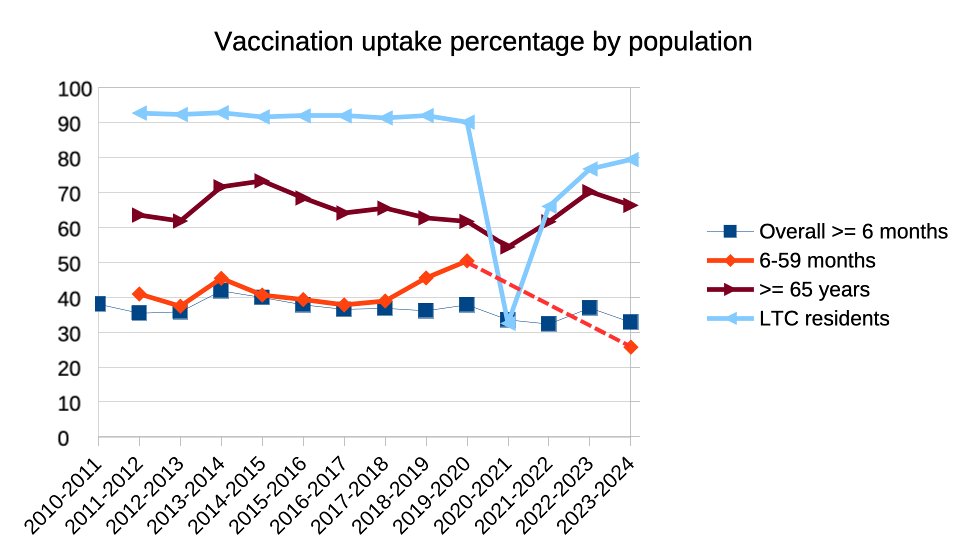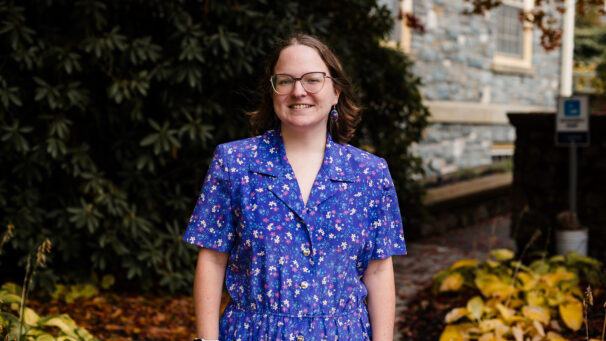How to learn to stop sneezing and love the vaccine
Everything to know about this year’s flu vaccine

caption
A yearly flu shot can help prevent serious complications and illness, say health officials.It may be nearing the most wonderful time of the year, but it’s also flu season. Provincial experts urge Nova Scotians to get the vaccine before the holidays.
“We are in that critical time in the next few weeks before the holidays where people are being strongly encouraged to get the vaccine,” said Jesse Kancir, Nova Scotia’s deputy chief medical officer of health.
But in an age of misinformation, and with recent concerns over a vaccine mismatch, you may be hesitant about getting the vaccine. Here’s what you need to know about this year’s shot:
What is the influenza (flu) vaccine?
There are three different flu viruses included in the vaccine: H1N1, H3N2, and influenza B. The flu vaccine is made of inactivated forms of these viruses, meaning there is no live virus in the vaccine.
Each of these viruses has different strains which mutate and occur. The changing nature of the viruses is why we need a yearly shot. Scientists around the world monitor and track the viruses and their different strains, before making recommendations on which specific strain of each virus to include each year in the vaccine.
Because the southern hemisphere and northern hemisphere have opposite seasons, Canada’s flu vaccine strains are often informed by data from Australia, said Kancir.
How our body reacts
Similarly to the symptoms your body has when you have the actual flu, your immune system can recognize the vaccine as something to attack and destroy.
“When you get an injection (in your arm) … it sends your immune system to that site to develop a response and prevent you from getting ill,” says Joanne Langley, a professor of pediatric infectious disease at Dalhousie medical school.
“And so that causes some inflammation … your injection site may be a little bit tender, it may hurt to move those muscles.”
Because our body can recognize the influenza vaccine strains, Langley says, “it has the ability (to memorize) that immune response so that when you encounter real influenza, like someone sneezes on you or coughs or you’re smushed up against someone on a bus and you get those influenza particles landing in your respiratory tract, your body’s already ready with a defence system.”
What does it mean for the flu vaccine to be mismatched?
This year, there’s concern that the H3N2 virus spreading is different from the H3N2 strain in the vaccine.
However, it’s still an H3N2-based strain, meaning that the vaccine is able to help reduce symptoms, said both Langley and Kancir.
The vaccine also remains effective against H1N1 and influenza B viruses. Canada typically sees a “dominance” of H1N1, said Kancir.
Even though there may be a mismatch, “It’s still the best idea to get your vaccine, because you’re in a much better place in terms of the likelihood of being protected than if you didn’t get the vaccine,” said Langley.
The numbers

caption
Data provided by Nova Scotia’s Annual Influenza Surveillance Report. Data was not provided for children younger than five between 2020-23.Although the percentage of Nova Scotia’s vaccinated population remains above 30 per cent, the number of children under five being vaccinated dropped significantly in 2023-24 compared to pre-2020.
In 2023-24, only 25.7 per cent of children under five and older than six months were vaccinated, compared to a nine-year high rate of vaccination of 50.4 per cent in 2019-20. Normally, it hovers around 40 per cent.
Langley says the number of children vaccinated has likely decreased due to the COVID-19 pandemic. She says because of the pandemic, many families could not book appointments, were fearful of doctor’s offices and did not get into the routine of yearly vaccinations.
Vaccinations for long-term care home residents are likely to have been underreported between 2020-23 due to a change in data collection from paper to digital, according to Department of Health spokesperson Barbara Ferguson.
Misinformation and vaccine hesitancy is also likely contributing to lower uptake, said Langley. People can get both the COVID and flu vaccine together, which may be driving people away altogether.
“We’ve seen so much politicization around COVID vaccines and people deciding not to get them and then just avoiding the respiratory season altogether,” said Kancir.
Both Kancir and Langley stress that even with a potential mismatch in H3N2, people should still get the vaccine.
“If anything, this year might be the year where we really need to make sure people are getting (the vaccine) even with a mismatch, because anything we can do to reduce the burden of H1N1 … on our hospital system, we need to do that,” says Kancir.
People can book vaccine appointments through their primary care offices or through pharmacies. For more information, visit https://www.nshealth.ca/public-health/immunizations/seasonal-vaccines
About the author

Megan Krempa
Megan Krempa is a student in the master of journalism program. She has an undergraduate degree in the history of science & technology from...

Leave a Reply